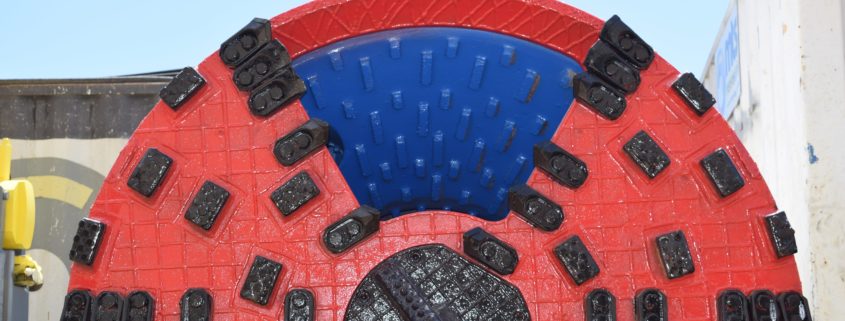Discovering the invention of Trenchless Technique
Trenchless technology is the cumulative engineering, equipment, and experience to make hole, between two location without disturbing the surface above or the environment around the hole. The technique, accordingly, is used for placing new pipe or conduit in the ground without continuous, open-cut excavation. Certainly the search for a method to go underground rather than digging the surface is linked to several both economic and social factors and needs. This aspect was also true in the ancient times. One of the earliest records of tunneling (2500 B.C.) was found in in Egypt. Earthenware pipes with socket and spigot joints conveyed water and acted as a drain. Tunnelling to construct utility lines, known as sin-nors, can be traced back to 1200 B.C., when it was used to intercept a source of water for fortified cities in the Middle East. An ancient development of the technique, called Quanat, was a tunnel or adit driven from flat land into a hillside to intercept the water table. This was built with shafts of about 1000 mm in diameter and spaced at about 30 to 40 meters. The Greeks introduced glazed earthenware pipes with lead jointing. Stoneware (gres) pipes with metal joints are still used today in microtunnelling.

